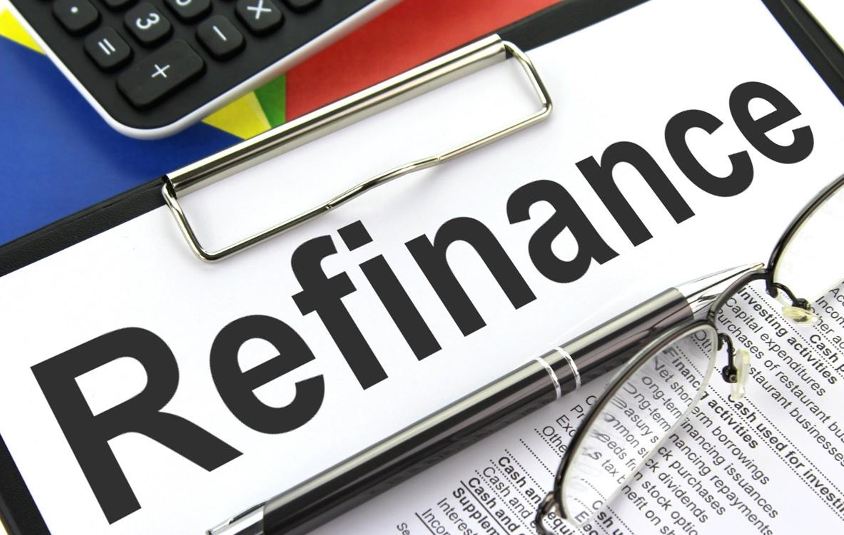Refinancing is a financial instrument with which you can repay an old loan with a new loan. At the same time, the borrower reduces the credit burden – reduces the amount of mandatory payment, interest and overpayment. With competent refinancing, the borrower can save some money.
We will tell you when refinancing will be profitable and whether it should be carried out.
Advantages of refinancing
- Reducing the amount of monthly payment. Most borrowers refinance to reduce the monthly loan burden. For example, John’s income decreased and it became difficult to pay the mortgage. The creditor bank refused to revise the payment schedule and reduce the amount of the monthly payment. John applied to another bank, took out a loan for the amount of the balance of the debt, and refinanced.
- Combining debts into one loan. Thanks to cash out refinance in los angeles ca, several loans with different conditions can be repaid and then paid to only one creditor. The credit history then improves. Reduced interest rate.
- Re-lending at a lower interest rate is suitable for borrowers who have a loan for several years. This way they will be able to reduce the amount of overpayment on the loan.
Cons of refinancing
If you refinance at the wrong time, the borrower will feel the following disadvantages.
- Increasing the term of the loan. If the borrower has issued a loan for a short period of time or less than a year left before the loan is repaid, refinancing becomes meaningless. Even if you apply for a loan with a lower interest rate, you will have to pay longer, and the benefit will be insignificant.
- Increase in the total amount of debt. Some borrowers take out a loan for a larger amount than the loan balance. At the same time, they forget that the larger the amount of principal debt, the greater the interest overpayment. As a result, the debt to the bank increases.
- Payment of interest on the loan is re-examined. This is not obvious, but the most significant disadvantage of refinancing. Most loan payments are calculated according to the annuity scheme – the amount of monthly payment is the same for the entire period. But at the beginning of the credit period, the borrower mainly pays interest, and the amount of debt decreases slightly. It may turn out that by the time of refinancing, the borrower had almost fully paid the bank for interest. And if he refinances the debt, the interest will have to be paid again.
When is it better to refinance a loan
Refinancing can be carried out when the loan amount is large, the interest rate is high, and before the debt is repaid more than half the term. You can refinance if the grace period under the loan agreement has ended and the interest rate has increased dramatically, for example, this happens when using credit cards. More info on https://www.lendingbeeinc.com/.
You shouldn’t change the lender just because of the percentage difference. It is necessary to estimate in advance how the mandatory payment, the term of the loan and the amount of overpayment will change.
How to refinance
Before applying for a new loan for refinancing, see the payment schedules on current loans. Calculate and write down:
- how much money was spent to pay interest;
- how much more % you need to pay;
- what is the balance of the principal amount of the debt;
- how many months are left until the end of the loan agreement.
After that, monitor bank offers and apply to 3-5 banks whose conditions suit you. Banks will send draft contracts with schedules for review and signature. Choose a contract with the most favorable conditions and sign it.
Important: if the bank has sent a draft contract, it does not mean that you are obliged to sign it. Look at the terms of the loan and then make decisions.




